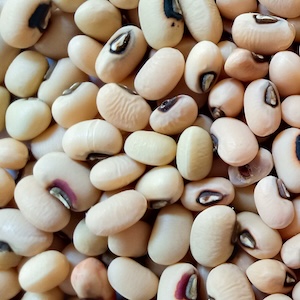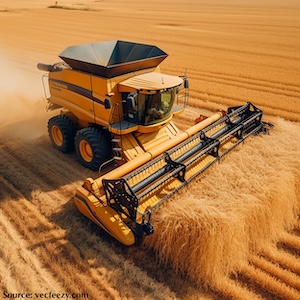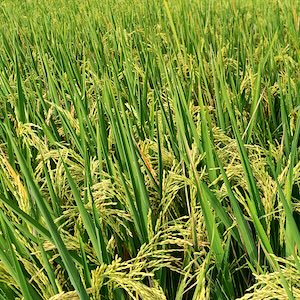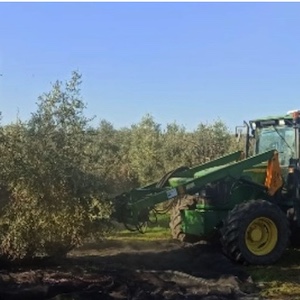Technical solutions for under-row weed control in vineyards: Efficacy, costs and environmental aspects analysis
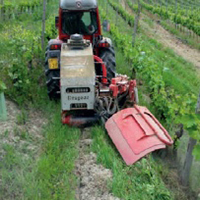
All claims expressed in this article are solely those of the authors and do not necessarily represent those of their affiliated organizations, or those of the publisher, the editors and the reviewers. Any product that may be evaluated in this article or claim that may be made by its manufacturer is not guaranteed or endorsed by the publisher.
Authors
Weed control in vineyards is essential to allow optimal vines development. In this study, three different techniques (hoeing, chemical control, and mulching) used in vineyard’s under-row weed control were compared considering their: operative and economic aspects, energy consumptions and environmental impacts. Trials were performed in a vineyard located in Canelli (AT), Italy, characterized by 3 different gradient slopes (<5%, 10-15%, >20%). Each technique has been tested in 3 adjacent rows per each of the 3 vineyard slopes (randomized block test). Two weed control treatments were performed (at 50 days interval) during the peak vegetation growth period (from mid-April to mid-August). Major families of weeds in the test rows were described and scored (%), and weed control efficiency was measured by comparing the weeds cover area projected to the ground vs the test area. Results highlights that the use of mulching machine and the boom sprayer permits to maintain a weed coverage lower than 30% independently of slope gradient. The hoeing, characterized by low operational costs (26 € h–1) and energy requirement (550 MJ ha–1), scored acceptable working performances, but, in case of heavy rains, it can cause a runoff of the soil. The chemical weed control, also if results a valid choice in term of work quality, is not a valid solution from the environmental point of view. The mulching machine, although shows higher operating costs compared to other machines tested (30 € h–1), can be considered as the most viable alternative to chemical weed control because its working efficiency is comparable to that obtained by the sprayer.







